#Missouri Pacific RailRoad
Explore tagged Tumblr posts
Text
Early Branding of the Ozarks - salubrious climate and agricultural opportunities, lures settlers
The St. Louis, Iron Mountain and Southern Railway brochure advertises Resorts and Attractions of the Southwest. Circa 1910. This brochure is part of the Payton Ozarks Collection now housed in the Ozarks Studies Institute at Missouri State University Railroads were built to facilitate timbering and mining. The Iron Mountain Railway was an American railway company that operated from…

View On WordPress
#Iron Mountain Railroad#Laura Ingalls Wilder#Mansfield Missouri#Missouri Pacific Railroad#Ozarks Studies Institute#Rocky Ridge
0 notes
Text
Bunceton, Missouri Pt. 2/ThursdayDoors
Bunceton, Missouri Pt. 2/ThursdayDoors

View On WordPress
#2022#Bunceton#Cooper County#Missouri Pacific RailRoad#Missouri photos#November#Quasquicentennial#Railroad town#Rural America#Thursdaydoors
1 note
·
View note
Text













Union Pacific Bigboy 4014 leaving Kansas City Union Station
taken 10/17/24
#photography#trains#steam locomotive#UP#Union Pacific#kansas city#kansas city missouri#locomotive#steam train#steam engine#railroad#big boy 4014#up 4014#4014
22 notes
·
View notes
Text
My Friends’ Tribute to Rachael Lillis

Hudson: Thank you, Rachael Lillis, for your job in voicing Misty Waterflower and Team Rocket Jessie.

Jason: You did a fantastic job with voicing those two, Rachael.

Perry: As well as Jigglypuff.

Torpedo: And Ursula from Dinosaur King.

Freddy: Regardless of how many voice roles you had, you did a great job voicing them all, Rachael.

Glenn: You brought joy to 90s kids with your role as Misty.

Otto: And Jessie and Jigglypuff too.

Madeleine: Your roles as those Pokémon characters will always be cherished.

Jimmy Guord: And you yourself will always be remembered and cherished.

Union: Your legacy will always be remembered.

Wasatch: Especially your legacy as the OG Misty and Jessie.

Peter Sam: We will always remember you and carry your legacy with us all.

Centennial: Rest in Peace, Rachael Lillis.

Rebecca: May you find peace in the afterlife.

Jessica: You deserved to live a healthy life full of happiness and love and joy.

Artemis: Veronica Taylor and Eric Stuart will miss you dearly, as they’ve been with you since the beginning.

Queen Roanoke: Your loss has not only left a major impact on the Pokémon community, your sister and your fellow actors, but also us locomotives.

Daylight: You didn’t deserve to pass away from breast cancer.

Zane: You were very cheerful and generous, always happy to greet those who wanted to meet you… especially in person.

Cincinnatian: We hope your sister, family and friends will be okay.

Chief: May God watch over your kind soul and be in peace.

Angeles: May we, including Veronica and Eric, one day, be reunited with you.

Rudolph: Your personality was as cheerful as your voice.

Angelo: Let us carry your memory within us forever more.

Donohue: May your soul join the purest and kindest of all.

Judith: You lived a legend and died a hero.

Stella: Until the day, Rachael Lillis, till all are one…

Red Robin: Till all are one…

Jewel: We all hope you find eternal peace up in heaven, being watched over by God. Rest in Peace…
These are the tributes that some of my friends from the 20 American railroads said for Racheal Lillis. After I told all my friends from the 20 American railroads about the passing of Rachael Lillis, they were all as devastated as I was. And they too wanted to pay their tributes to the OG Misty and Jessie.
#rachael lillis#tribute#rest in peace#rip rachael lillis#sad news#pokemon misty#pokemon jessie#misty waterflower#team rocket jessie#new york central#pennsylvania railroad#milwaukee road#chicago & north western#burlington route#union pacific#northern pacific#great northern#southern railway#norfolk and western#southern pacific#chesapeake & ohio#baltimore & ohio#santa fe railroad#rock island railroad#missouri pacific#seaboard air line#atlantic coast line#gulf mobile & ohio#illinois central#the genie team
10 notes
·
View notes
Photo

Here we are passing an ITC freight train on Benld siding looking north. September 10, 1955
#itc#illinois terminal railroad#mp#missouri pacific#1955#trains#freight train#history#benld#illinois
66 notes
·
View notes
Text

Missouri Pacific Becentennial units 1976 and 1776 on the St. Louis riverfront with the American Freedom Train lead by Southern Pacific 4449 and the Gateway Arch in the background, 1976.
#missouri pacific#southern pacific#american freedom train#1970s#railroad#1976#american bicentennial#gateway arch#st. louis#missouri
5 notes
·
View notes
Text

America moves by rail.
3 notes
·
View notes
Text
American Auto Trail-Kansas City, Fort Scott & Gulf Railroad (Lamar MO to Mulberry KS)
American Auto Trail-Kansas City, Fort Scott & Gulf Railroad (Lamar MO to Mulberry KS) https://youtu.be/BYYUUhbkkIU This American auto trail explores western Missouri along the path of the former Kansas City, Fort Scott & Gulf Railroad.
This American auto trail explores western Missouri along the path of the former Kansas City, Fort Scott & Gulf Railroad from Lamar, Missouri, to Mulberry, Kansas. The trail starts at Lamar, Missouri, and ends just across the Kansas State Line at Mulberry. For more of our Auto Trails and Slow Travels guides, available in print or eBook format, use one of the links below: Amazon Lulu…
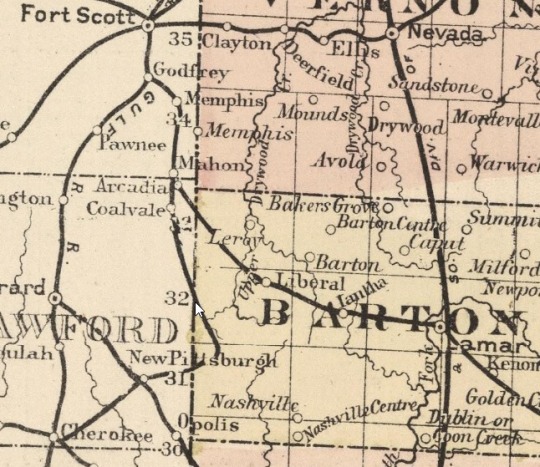
View On WordPress
#4K#american history#Auto trail#Burlington Northern#Coal Mining#Fort Scott & Gulf#Iantha#kansas#kansas city#Lamar#Liberal#missouri#Missouri Pacific#Railroads#road travel#slow travel#Wimmer
0 notes
Text
Chicago, Illinois is often considered to be on the periphery of the plantation. William Cronon's famous narrative of Chicago's relationships with the "Great West" positions the burgeoning city at the edge of American expansion into plantation agriculture in the Midwest and industrial farming on a national scale. [...] [W]e could also characterize the city as an anticipatory hub between the twin plantation figures of the pre-war American South and America's 20th century colonies [in Central America, the Philippines, and beyond]. During the Reconstruction years, Chicago emerged as a logistical center, channeling America's railroads and telegraph lines into itself. As parts of this communications node, Chicago newspapers and military police served to convert white anxieties about Black migration from the plantation South into new techniques and technologies of prediction that became transportable across a newly imaginable informational plane of US imperialism. [...] [I]n Chicago between 1875 and 1890, [...] white anticipations of African American migration from plantations in the South were translated into new information sciences and policing techniques that made their way to plantations in places like the Philippines. [...] [S]uch feelings were fundamental to linking plantations which at first seem so spatially and temporally distant. [...]
---
On May 3, 1879 the Chicago Tribune published a greatly anticipated investigatory series entitled, “The Negro Exodus: Causes of the Migration from the Negro’s Point of View” [...] the latest in a long sequence of deeply uneasy reports dating from 1860. From its location at the communicative center of all major US rail and telegraph lines, the Chicago Tribune undertook an imagined responsibility to inform its Midwestern audience of Black peoples’ movements and behaviors. [...] At the climax of the “Negro’s Point of View” series, [...] May 3, the Chicago Tribune presented its showstopping report from its correspondent in Vicksburg, Mississippi entitled “Letters Written by Negroes in Kansas to their Friends South”. In this report, the writer discusses his skepticism of earlier methods of [...] interviews with Black migrants. [...] [The newspaper] conducted its fact-gathering through the mass surveillance of Black peoples' letters [...] [to assess] inner motivations [...] about Black peoples’ “perceptions, enjoyments, and reasons” [...]. Such informational appetites became the anticipatory basis for 20th century enumerative practices. As Colin Koopman argues, informational fastening, or the atomization and separation of facts from Black peoples’ bodies, became commonplace during the Great Migration in the practice of racial statistics, criminology, and health policy directed at Black migrants [...].
---
White Chicagoans’ prolonged concern over predicting Black behaviors and intentions materialized in 1877, when the city became a central hub of militarized response to a nation-wide railroad strike. Adjutant General Richard C. Drum, who commanded the Military Division of the Missouri (Western Frontier) in Chicago from 1873 to 1878, took control of Chicago’s military response to the Great Railroad Strike of 1877. In 1879, after his final year in the city, Drum moved to Washington, DC and proposed the establishment of the Military Information Division (MID) [...]. The MID, which formally established in 1885, maintained close ties to Chicago's local information collection system, adopting a Bertillon identification system of collecting and storing intelligence cards at the time that the National Association of Chiefs of Police established their central bureau of identification in Chicago in 1896 [...]. By the tun of the 20th century, Chicago's police force had expanded tenfold [...], and Drum's MID had amassed over 300,000 intelligence cards [...].
---
The affective atmosphere into which the MID intensified its own predictive techniques later traversed the Pacific Ocean into the Philippines. Alfred McCoy argues that the American introduction of communication technologies and surveillance techniques in governing the Philippines constituted the United States’ first information revolution (McCoy 2009: 18). Colonial police trained in the anxious habits of the MID, rendered the Philippines a laboratory for securitized speculation. McCoy further contends that these informational “capillaries of empire” embedded themselves into the Philippines’ plantocratic-security state as well as US domestic surveillance practices. I add to McCoy’s argument by suggesting that trained feelings of white apprehension translated into imperial mechanisms for governing the Philippines through systems of intelligence cards, telecommunications infrastructure, policing units, and management sciences. Reminiscent of the psychological investigatory projects that saturated Chicago’s public life, the MID and its successors developed techniques for psychological examination and personality typing led by another Chicagoan, Harry Hill Bandholtz. [...] Bandholtz sharpened the MID's informational sciences by training Philippines police forces in the neurotic art of collecting every imaginable fact about Filipino behaviors [...].
---
Ultimately, the US colonial plantocracy in the Philippines built its authority around information infrastructures which had been trained on apprehensive practices and feelings emanating from Chicago’s racialized geography. [...]
[T]he informational networks that extended from the image of the American South, through the anticipation of Chicago's public, [...] animated the governance of colonial plantations in the Philippines [...].
---
All text above by: Jolen Martinez. "Plantation Anticipation: Apprehension in Chicago from Reconstruction America to the Plantocratic Philippines" (2024). An essay from an Intervention Symposium titled Plantation Methodologies: Questioning Scale, Space, and Subjecthood. The symposium was introduced and edited by Alyssa Paredes, Sophie Chao, and Andrés León Araya. The symposium was hosted and published by Antipode Online, part of Antipode: A Radical Journal of Geography. Published online 4 January 2024, at: antipodeonline.org/2024/01/04/plantation-methodologies/ [In this post, bold emphasis and some paragraph breaks/contractions added by me. Presented here for commentary, teaching, criticism purposes.]
#tidalectics#multispecies#abolition#incredible cant take this any more#like a big inescapable spiderweb#ecology#ongoing chicago discussion#ecologies
179 notes
·
View notes
Video
StLIM&S (MP), Jackson, Missouri por Jeff Terry Por Flickr: The St. Louis, Iron Mountain & Southern Railway runs over 6 miles of the original StLIM&S, built in 1856 as an ore-hauling road to connect Iron Mountain, Missouri, to St. Louis; the route became part of Missouri Pacific in 1917. Primary motive power is former Pennsylvania E8A 5958, which was initially preserved by the Blue Mountain & Reading (Reading & Northern). In the 198s and 1990s the railroad operated steam excursions with former Crab Orchard & Egyptian 2-4-2 5, which is now stored.
8 notes
·
View notes
Text
After roughly 20 years of development, HrSR (higher-speed rail)* with speeds up to 110 mph will be in effect as of June 26 on Amtrak’s 284-mile Chicago-St. Louis corridor, on Lincoln Service and Missouri River Runner trains (300, 301, 302, 305, 306, 307, 318 and 319), as well as on the Texas Eagle. Trip time is reduced by 15 minutes from 90-mph run times and 30 minutes from 79-mph run times—less than two hours from Chicago to Bloomington-Normal and less than three hours to Springfield, with end-to-end St. Louis-Chicago schedules of under five hours. HrSR was a joint effort of the Illinois DOT, Amtrak and primary host Class I Union Pacific, plus numerous consultants led by WSP USA. Other host railroads on the corridor are CN, Canadian Pacific Kansas City (CPKC), and Terminal Railroad Association of St. Louis (TRRA). The project involved track upgrades, double-tracking, PTC and other infrastructure improvements. The shorter schedules, combined with new Siemens Charger diesel-electric locomotives and state-owned Amtrak Midwest Venture cars, also from Siemens, “we are completing a full makeover of this corridor service,” said Amtrak President Roger Harris. Project cost came in just under $2 billion, including $1.66 billion in funding from a 2010 American Recovery and Reinvestment Act grant.
41 notes
·
View notes
Text
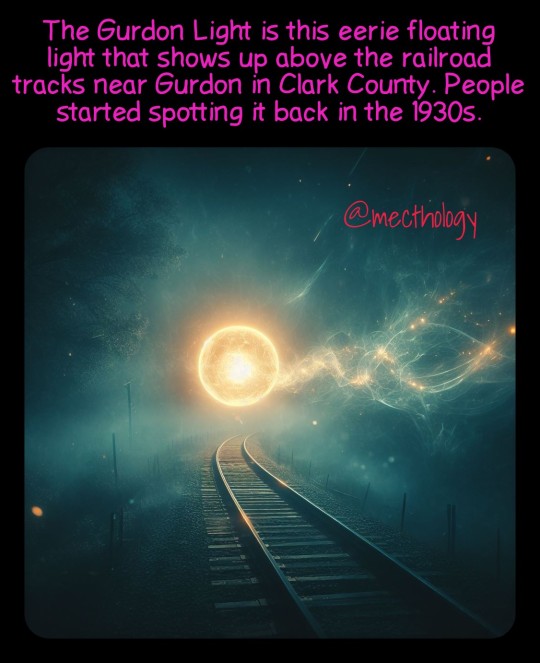
The Gurdon Light.
There's a somewhat popular tale regarding the origin of this light. According to it, a railroad worker was on duty outside of town one night, had a mishap with a train, and unfortunately met his end. The story goes that because his head got separated from his body, locals believe the light is his ghost wandering with a lantern, on a quest to find his lost head.
Another angle to the Gurdon Light legend ties back to a murder in December 1931 near the railroad tracks. William McClain, a foreman with the Missouri-Pacific railroad, had a heated argument with his employee, Louis McBride, over working hours during the Depression. Frustrated, McBride violently attacked McClain with a shovel, ultimately beating him to death with a railroad spike maul or hammer. Soon after this tragic incident, the Gurdon Light made its first appearance, leading some to speculate that the glowing light is the lantern of McClain's ghost.
Follow @mecthology for more myths and lore.
Pic generated by AI.
Source: encyclopediaofarkansas
#mecthology#creepy#supernatural#gurdonlight#arkansas#ghost stories#paranormal encounters#local myths#haunted history
9 notes
·
View notes
Text

"Canada de las Uvas, or Tejon Pass in Sierra Nevada, California, 1690 miles west of Missouri River." Part of a photo collection called "Across the Continent on the Kansas Pacific Railroad," 1868. These photographs were taken by the survey party for the Kansas Pacific, which was one of the railroads in the race to establish transcontinental service. The Kansas Pacific lost the race; it only built track as far west as Colorado and was later acquired by the Union Pacific.
{WHF} {Ko-Fi} {Medium}
33 notes
·
View notes
Text





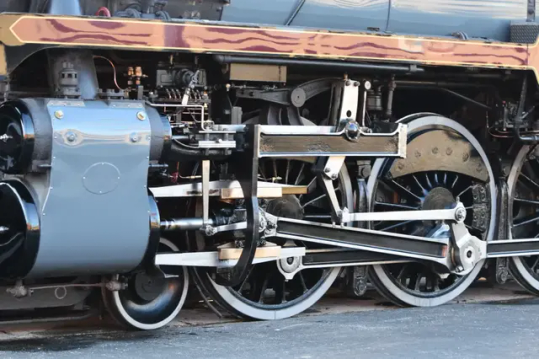



Canadian Pacific Kansas City locomotive 2816 at Kansas City Union Station for the Final Spike Steam Tour
taken 5/18/24
#steam locomotive#CPKC#Canadian Pacific Kansas City#canadian pacific#locomotive#train#railroad#kansas city missouri#kansas city#final spike steam tour#photography
14 notes
·
View notes
Text
What-If: American Railroads — Section 2: Railroads Absorbed (part 2)
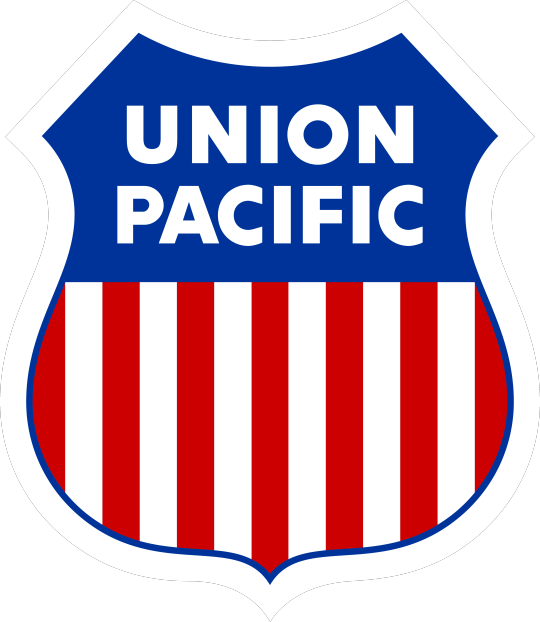

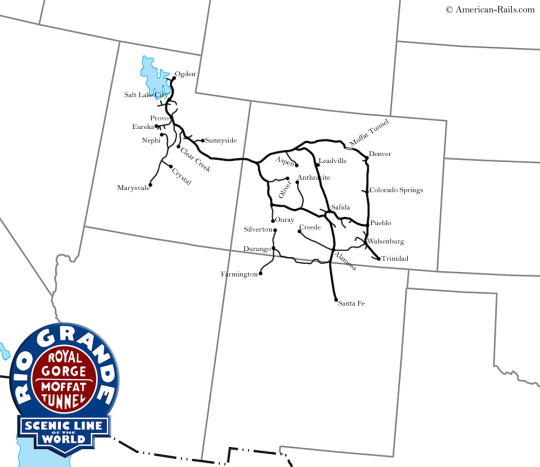
F. Union Pacific ⬆️
Western Pacific
Rio Grande

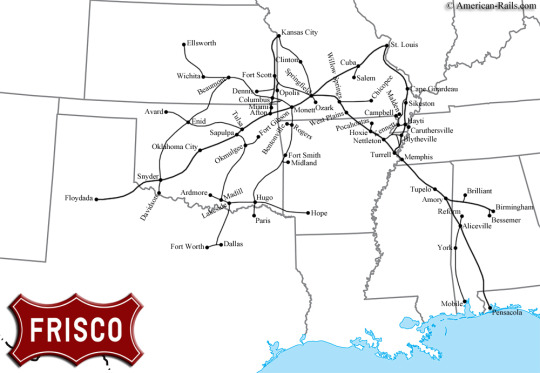

G. Missouri Pacific ⬆️
Frisco
Texas and Pacific
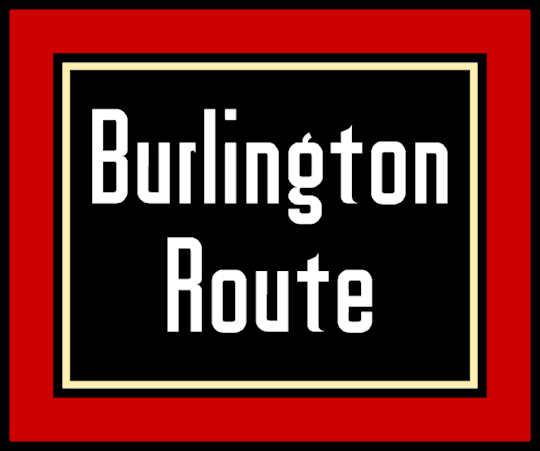
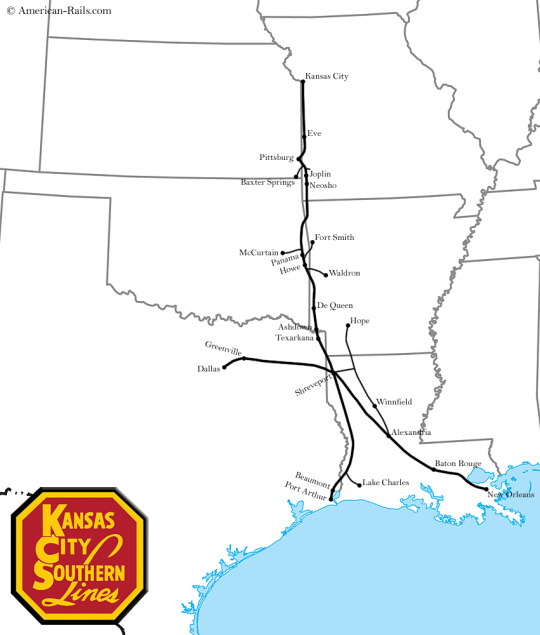
H. Burlington Route ⬆️
Kansas City Southern
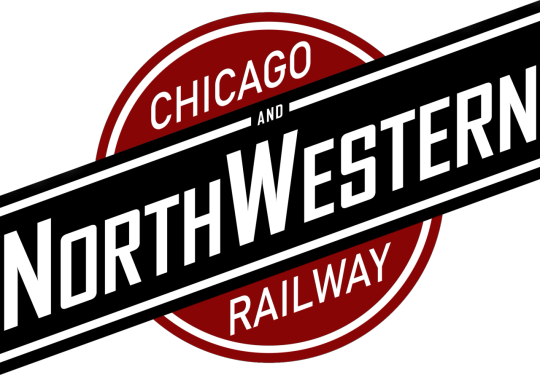
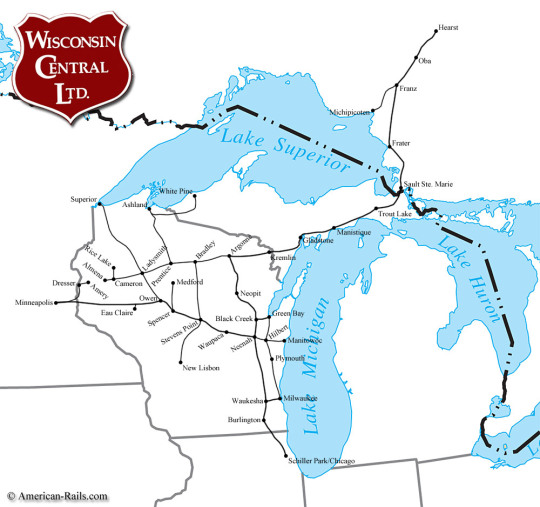
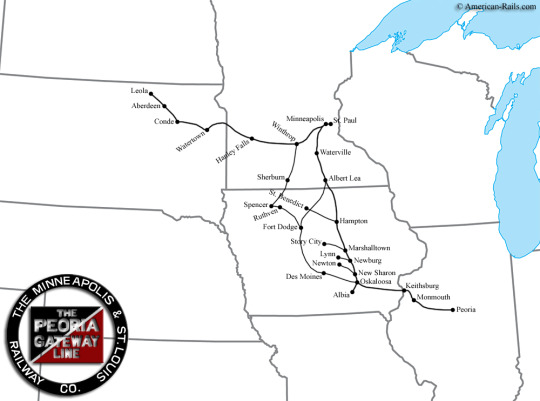
I. Chicago and Northwestern ⬆️
Wisconsin Central
Minneapolis and St. Louis Railway
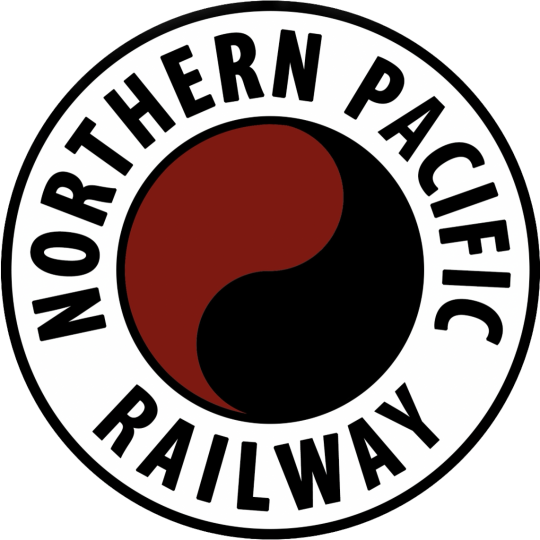
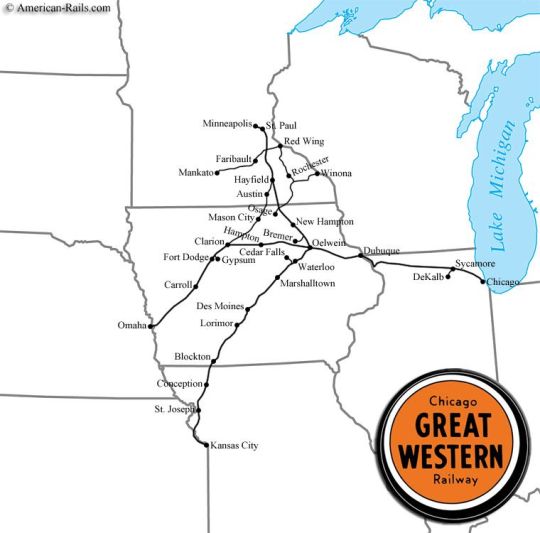
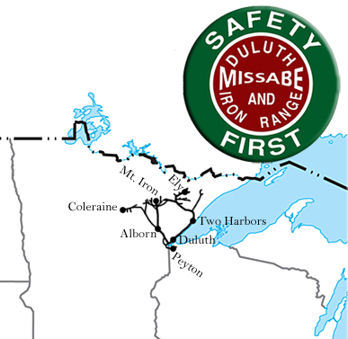
J. Northern Pacific ⬆️
Chicago Great Western
Duluth, Missabe and Iron Range

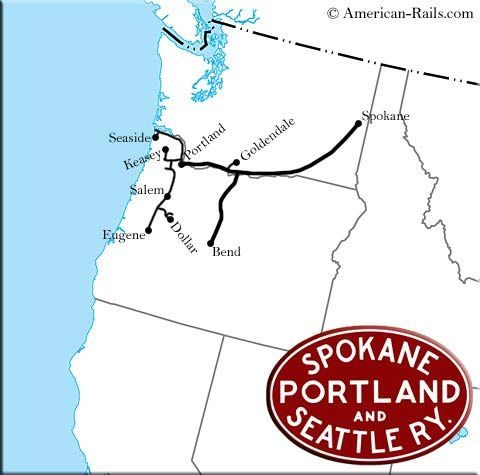
K. Great Northern ⬆️
Spokane, Portland and Seattle
#history#railroad#railroads#railway#railways#union pacific#missouri pacific#burlington route#chicago & north western#northern pacific#great northern#alternate history
3 notes
·
View notes
Photo

A former Rock Island GP38-2 is ahead of this Missouri Pacific freight at Vinson Siding near Austin, Texas during the early 1980s. The unit became MoPac #2260. Mike Bledsoe photo.
16 notes
·
View notes